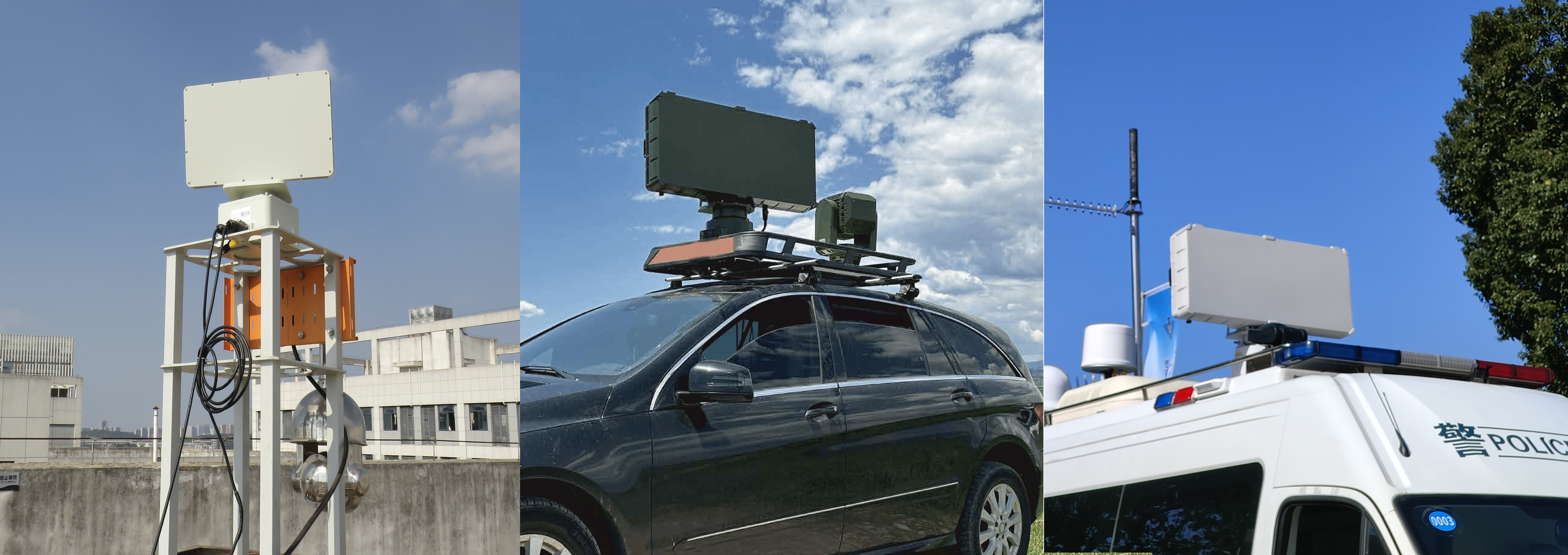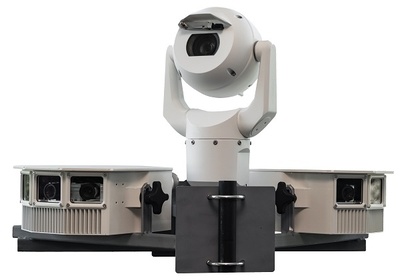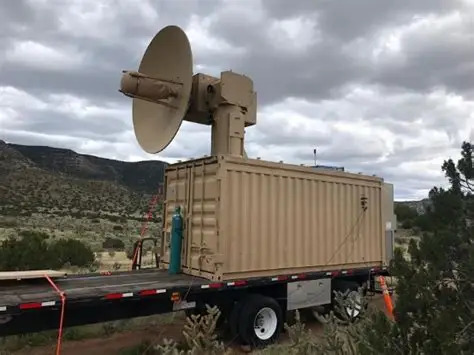【Technical Analysis】Current Status and Development Exploration of Anti-Drone Technology in Urban Environments
Release time:
2025-07-04
Anti-drone technology mainly includes two aspects: detection and countermeasures. With the popularization of drones in civilian fields, various types of drones play an important role in routine inspections, express delivery, pesticide spraying, and many other fields.
While drones bring convenience to daily life, the risk of illegal use is also becoming increasingly prominent. Recently, pilot programs for low-altitude drone operations have been launched in Shenzhen and other places, making efficient management of urban low-altitude drones crucial—meeting the needs of the people while mitigating potential risks. Therefore, the market demands higher requirements for the detection and processing technologies of anti-drones.
1
Radar Detection
As one of the main detection technologies for anti-drones, radar detection is mainly used to detect moving targets in the air. Using X/Ku bands and pulse Doppler technology, it can detect traditional large aircraft. However, traditional air defense radars find it difficult to detect "low, slow, and small" drones. Therefore, radars designed for "low, slow, and small" drones have lower speed detection thresholds and higher operating frequencies. They can operate around the clock and are suitable for drone detection and tracking under various harsh weather conditions. For example, the DSR-3XDrone radar from DGS company in the US has a detection range of up to 5km for micro drones.

Actual photos of some products in the Wuhan Rekeda XW/SR226 series
Many companies in China have also conducted in-depth research on anti-"low, slow, and small" drone radars, such as Wuhan Rekeda Technology Co., Ltd. Low-altitude security radar Xuanwu XW/SR226 series 。
This series of anti-drone detection radars mainly consists of a radar array, a mechanical turntable, and a power adapter. It is mainly used for the detection, warning, and target indication of micro/small civilian drones in key areas such as prisons, exhibitions, and bases. It can accurately provide target information such as azimuth, distance, altitude, and speed.
XW/SR226 series Low-altitude security radar products have high detection capabilities, high adaptability, and a low false alarm rate for ultra-low altitude and "low, slow, and small" targets. They can achieve multi-dimensional precise detection of low-altitude and ultra-low altitude targets, including distance, azimuth angle, altitude, and speed. Different products can achieve different target detection distances according to needs, with the farthest detection distance reaching 10km.
2
Photoelectric Detection
Another detection method for anti-drones is photoelectric detection, which mainly uses visible light and infrared sensors for imaging. Its main advantages are that it can provide direct images for identification and can automatically lock and track. However, it is easily affected by the field of view, bad weather, and complex backgrounds, and it is easy to lose targets. However, the identification ability is significantly improved after combining with AI.

The pictures are from the Internet. If there is any infringement, please contact the editor to delete them.
For example, the SkyPatriot system from Rini-com in the UK can automatically filter out interfering targets and identify drones as small as 2 pixels.
3
High-Energy Laser

The pictures are from the Internet. If there is any infringement, please contact the editor to delete them.
High-energy laser is a "hard kill" method in anti-drone technology. Its working principle is to burn drones using high-energy lasers. This technology has the characteristics of fast emission speed, low interception cost, and high strike accuracy, but it is easily affected by weather. For example, the US THOR system can shoot down 50 drones at once.
4
Physical Interception
Physical interception of anti-drone technology includes net guns, drone-mounted net capture devices, or launching fiber strips to wrap around propellers. For example, DARPA's interceptor can be launched from a vehicle and intercept multiple targets under radar guidance. Aerialx's "drone bullets" from Canada can autonomously intercept single targets or drone swarms by violently colliding with the target drone to damage it.

Building Obstructions: In cities with dense buildings, the detection range of ground-based anti-drone equipment is easily limited. Drones between buildings are difficult to track, and equipment deployed on rooftops cannot easily cover low-altitude maneuvering targets.
Complex Environment: Numerous signals such as broadcasting, WiFi, and mobile communications interfere with the accuracy and stability of radio detection.
Equipment Usage Restrictions: Radars, high-power jammers, etc., may affect civilian communications or endanger personal safety. Laser and microwave hard-kill methods are not suitable for urban use.
Relevant control policies for drones can be implemented, and the AI algorithms of existing urban surveillance equipment can be upgraded to enable drone identification, and information can be gathered to achieve automated monitoring and warnings.
Deceptive jamming technology can also be combined, shifting from suppression jamming to precise deception. AI can be used to learn drone signal characteristics and generate similar deceptive signals to gain control or achieve low-power, high-efficiency jamming, reducing collateral effects.
In the future, drones will be deeply integrated into life, and urban low-altitude control also needs to balance convenience and safety. Through low-cost distributed detection and intelligent disposal, such as drone-mounted countermeasures and deceptive jamming, normalized monitoring and precise disposal of drones can be achieved, safeguarding urban low-altitude safety.









